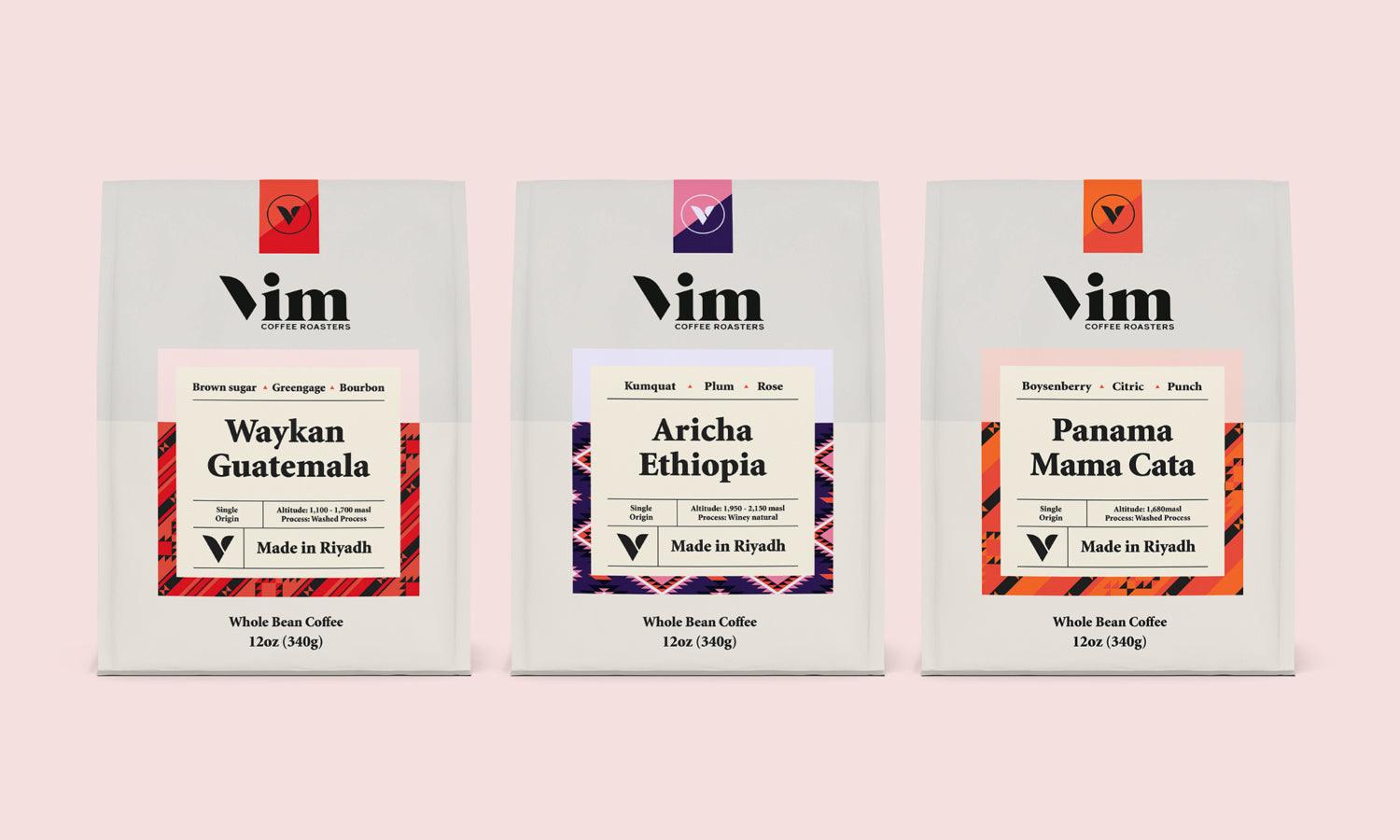How to Choose the Best Hoodie Manufacturer for Your Sports Apparel Brand

The need for premium sports hoodies is increasing as athletes and fitness lovers look for long-lasting, fashionable, and performance-oriented clothing. Selecting the appropriate hoodie manufacturer is crucial for guaranteeing that your brand provides high-quality products that satisfy customer demands.
Every aspect, from the quality of the fabric and customization choices to pricing and production dependability, is vital in shaping your brand’s success. Choosing a hoodie or mesh shorts manufacturer demands careful consideration of fabric, style, and comfort, while collaborating with a reliable hoodie manufacturer guarantees consistency and creativity. This guide will assist you in recognizing the essential elements to evaluate when selecting the ideal manufacturing partner.
Choosing the Best Sports Apparel Manufacturer
A hoodie manufacturer is crucial for a sportswear brand to ensure prompt deliveries, quality products, and competitive costs. This partnership is vital for both new and existing businesses, as it significantly impacts the success of the brand.
1. Define Your Requirements
To choose a producer, first decide your target market, which includes athletes, health enthusiasts, sports activities teams, and casual apparel seekers. Determine the preferred hoodie patterns and substances like cotton, polyester blends, and moisture-wicking fabric.
Set your finances and projected production volume to match manufacturers that meet your business necessities, considering comfort, durability, and performance.
2. Look for Industry Experience & Expertise
Experience is crucial in hoodie production, as veteran manufacturers know quality benchmarks, market dynamics, and efficient production methods. Selecting a sports clothing manufacturer ensures knowledge in performance-boosting materials, innovative stitching methods, and athlete-specific designs. Assessing previous projects, reading client reviews, and asking for product samples enhances the chances of quality production and smooth teamwork.
3. Check Fabric Quality & Material Options
Sports hoodies' durability, comfort, and performance depend on the quality of their materials. Choose producers with breathable, moisture-wicking, and flexible fabrics. GSM (grams per square meter) is crucial for hoodie thickness and longevity.
Lightweight hoodies are ideal for workouts, while thicker materials are ideal for warmth and everyday use. Consider personalization options like fleece lining, stretch fabrics, and sustainable materials.
4. Assess Customization & Design Capabilities
Brand identity plays a vital role in sports clothing, and customization choices enable your brand to differentiate itself. Make certain that the manufacturer provides diverse branding methods, such as screen printing, embroidery, sublimation, and heat transfer printing.
Examine how they manage design files, if they accommodate various file formats, and their process for sample approval. An effective manufacturer ought to offer mockups or prototypes prior to large-scale production to guarantee precision in design, color, and branding.
5. Evaluate Production Capacity & Turnaround Time
The capacity for production dictates if a manufacturer is able to fulfill your order quantity while maintaining quality standards. If you're looking to grow your business, select a manufacturer capable of managing rising demand.
Lead time is another essential element, particularly if your company functions with seasonal collections or launches that are time-sensitive. Make sure the manufacturer offers precise schedules and ask about elements that influence production speed, including raw material accessibility, order intricacy, and manufacturing capacities.
6. Compare Pricing & MOQ (Minimum Order Quantity)
Manufacturers establish various pricing frameworks influenced by materials, labor, customization, and order quantity. It's essential to obtain a thorough breakdown of expenses to prevent unexpected fees.
It is crucial to balance cost with quality; less expensive choices might sacrifice durability and fabric effectiveness. Moreover, take into account the manufacturer's MOQ (Minimum Order Quantity), which may affect small companies and new ventures. Certain manufacturers demand high minimum order quantities, whereas others provide flexible choices for lesser orders.
7. Verify Quality Control & Certifications
Select a producer with rigorous quality control practices to ensure the end product meets industry standards. Ensure strict evaluations for stitching, material strength, and printing excellence.
Manufacturers with ISO, OEKO-TEX, and GOTS certifications demonstrate dedication to quality production. Before making a commitment, ask for product samples to assess fabric texture, stitching quality, and overall workmanship.
8. Research Reputation & Customer Reviews
A manufacturer's standing can offer important information regarding their dependability and service excellence. Examine online reviews, customer testimonials, and case studies to assess their reliability.
Request references from former or current clients to gain insight into their experiences regarding production quality, communication, and order fulfillment. Be on the lookout for warning signs such as repeated delays, inconsistent quality of products, or inadequate customer service, as these may harm your business.
9. Consider Sustainability & Ethical Manufacturing Practices
The sportswear sector is focusing on sustainability as consumers seek eco-friendly and ethical clothing. Look for producers using recycled or natural textiles, reducing water and energy use, and limiting waste.
Ensuring fair labor practices, secure working environments, and ethical sourcing is crucial. Eco-friendly manufacturing not only benefits the environment but also boosts brand reputation and attracts consumers.
10. Communication & Customer Support
Clear communication is vital for a seamless manufacturing process. Select a manufacturer that offers attentive customer service and transparent information regarding production status.
Make sure they have an organized framework for tracking orders, managing revisions, and providing post-sales assistance. A clearly detailed contract specifying payment conditions, delivery schedules, and quality guarantees can aid in avoiding misunderstandings and foster a dependable long-term relationship.
Concluding Points
Selecting the appropriate hoodie manufacturer for your sports clothing brand necessitates thorough investigation and thought. From outlining your needs and evaluating fabric quality to examining customization options and production effectiveness, each aspect contributes to fostering a successful collaboration.
Allocate time to check quality assurance, evaluate costs, and investigate customer feedback to reach a well-informed choice. Collaborating with a respected manufacturer allows you to produce top-notch sports hoodies that elevate your brand's image and satisfy customer demands.










